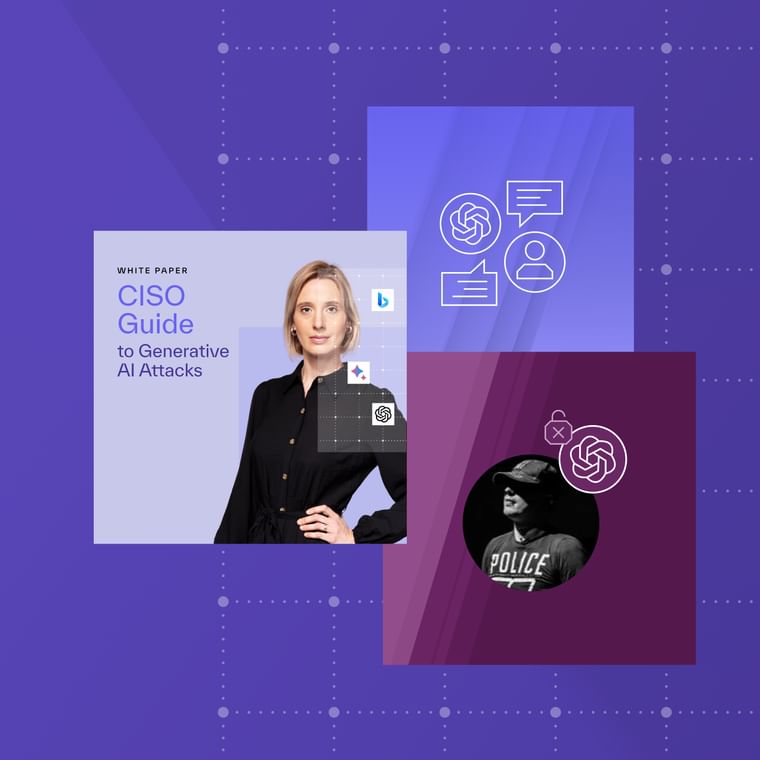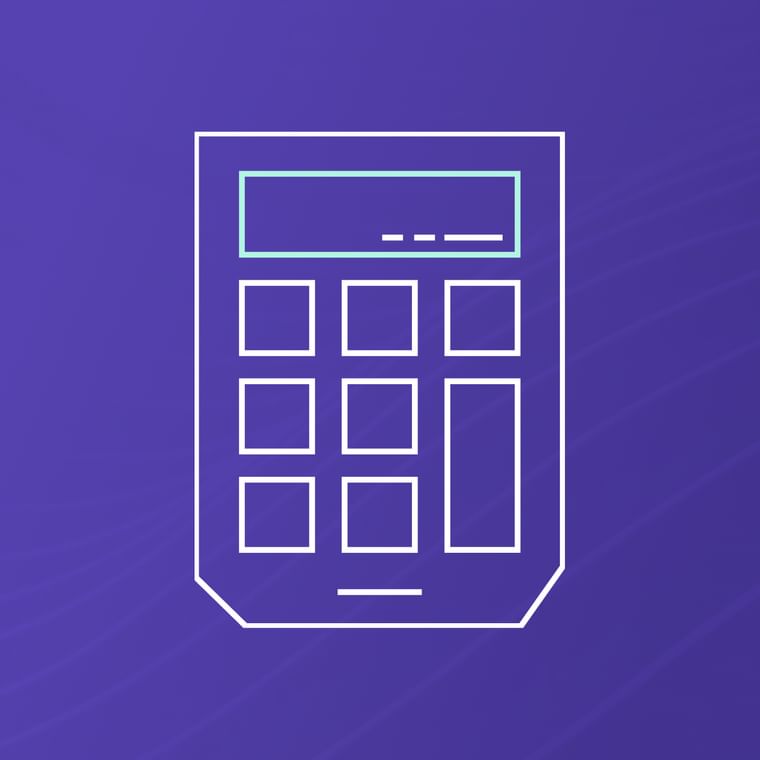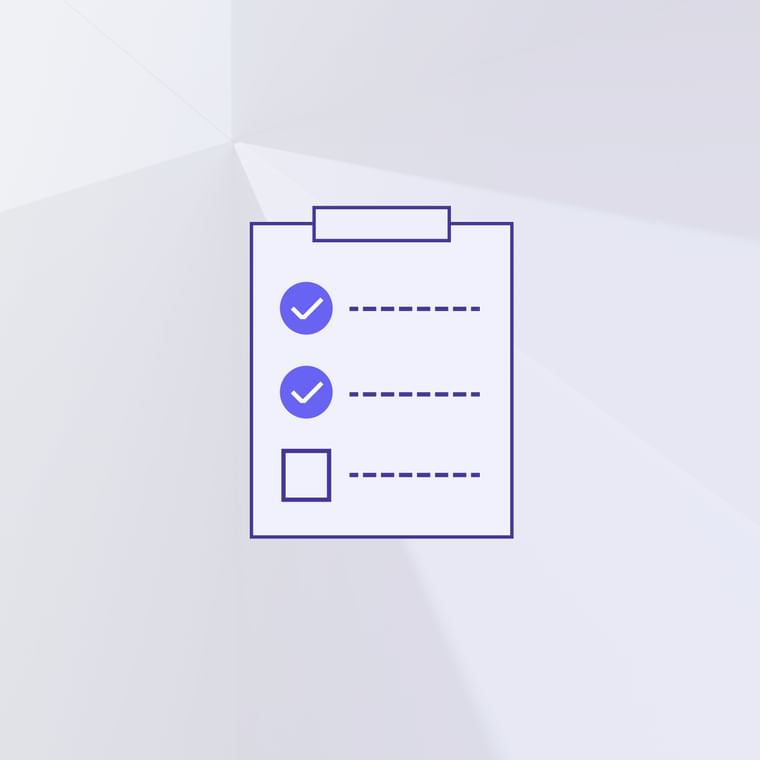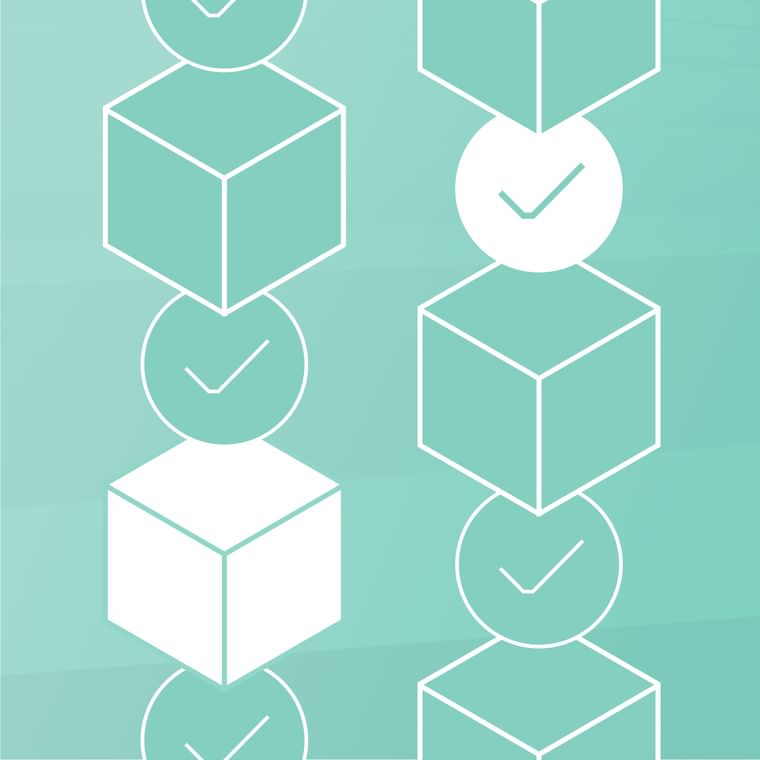What is Email Encryption, and How Does it Work?
Email encryption is a crucial security measure that ensures the confidentiality and integrity of email communication. It involves encoding the content of an email so that only authorized recipients can read it. By employing encryption, sensitive information remains protected from unauthorized access and tampering.
Why Email Encryption Is Important
Emails travel through various servers before reaching the recipient. This makes them vulnerable to interception by threat actors. More specifically, email encryption provides the following:
Privacy: Safeguards emails, preventing unauthorized access.
Data Protection: Protects sensitive information like financial data, personal details, intellectual property, or confidential business information from unauthorized access.
Compliance: Adheres to regulations, such as the GDPR, which mandates secure handling of personal data.
How Email Encryption Works
There are two main types of encryption used in emails:
Symmetric encryption: Both sender and recipient use the same key to encrypt and decrypt the messages. This method is simpler but requires secure key exchange beforehand.
Asymmetric encryption: This uses a key pair—a public key for encryption and a private key for decryption. The sender encrypts the messages with the recipient’s public key, and only the recipient’s private key can decrypt it.
Common Types of Email Encryption
Encryption Type | Description | Protects Against | Key Distribution |
TLS (Transport Layer Security) | Encrypts communication between servers but does not encrypt the actual email and attachments. | Email interception during transfer. | Automatic |
PGP (Pretty Good Privacy) | A security program that encrypts and decrypts email messages and enables end-to-end encryption using public/private key pairs with 4096-bit keys to encrypt the messages. Normally more costly and complex to implement and adopt. | Anyone reading the message without the recipient’s private key. | Web of trust (users manage their own public and private key pairs). |
S/MIME (Secure/Multipurpose Internet Mail Extensions) | A standard developed by RSA and built into most email software services. Enables end-to-end encryption using public/private key pairs, most commonly 1024/2048-bit keys. Less costly and, given its wider adoption, is easier to implement. | Anyone reading the message without the recipient’s private key. | Certificate authority. |
What to Consider When Choosing an Email Encryption Solution
When selecting an email encryption solution, it’s important to keep these factors in mind:
Ease of Use: Choose a solution that integrates seamlessly with your existing email system.
Security Strength: Evaluate the encryption algorithm and key management practices.
Recipient Compatibility: Ensure that recipients can easily decrypt your message.
Scalability: Consider solutions that can handle your organization’s email volume and growth.
What is Available for You
The Abnormal Platform uses a unique API architecture to ingest thousands of human-related signals from Microsoft 365 and Google Workspace, delivering a behavior AI engine capable of detecting and remediating advanced malicious messages, including zero-day attacks before they can engage with the malicious message.
More than 70% of Abnormal’s customers use the native security features available in Microsoft 365 and Google Workspace, including email encryption, to safeguard sensitive information and maintain trust. Both platforms provide encryption as part of their basic licenses, including S/MIME (Secure/Multipurpose Internet Mail Extensions), a widely adopted standard for email encryption.
Below, you can find some information on Microsoft 365 and Google Workspace, but keep in mind that this is just a quick overview and that both providers continuously improve their security features. Consult their websites for further information.
- Microsoft 365
Microsoft Purview Message Encryption: Includes encryption, identity, and authorization policies to help secure your email. You can encrypt messages by using rights management templates, the Do Not Forward option, and the encrypt-only option.
- S/MIME: A widely accepted protocol for sending digitally signed and encrypted messages. S/MIME in Exchange Online provides the following services for email messages:
Encryption: Protects the content of email messages.
Digital Signatures: Verifies the identity of the sender of an email message.
TLS: Encrypts connections between servers, preventing interception during transit. Does not encrypt the email or its attachments.
- Google Workspace
S/MIME: A widely accepted protocol for sending digitally signed and encrypted messages. Administrators can also customize some Gmail settings to require S/MIME for specific messages.
TLS: Encrypts connections between servers, preventing interception during transit. Does not encrypt the email or its attachments.





